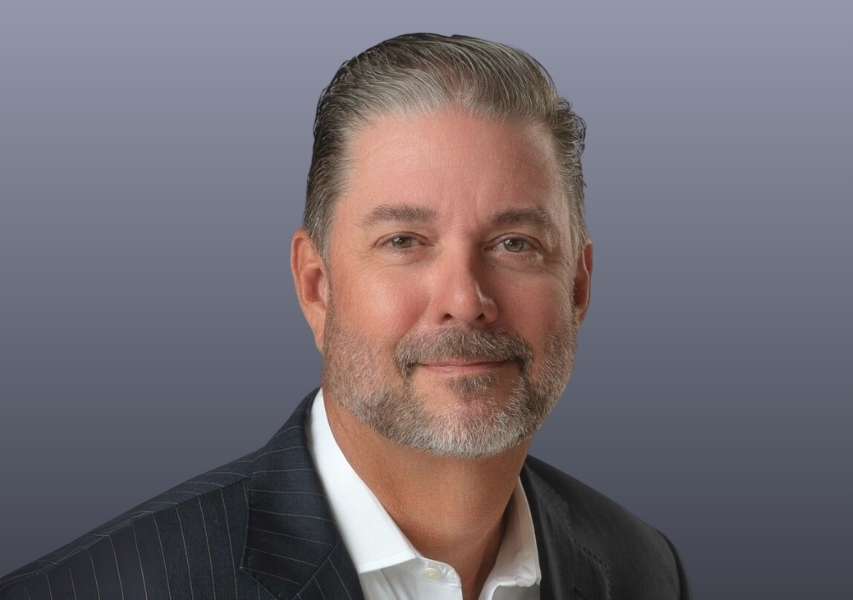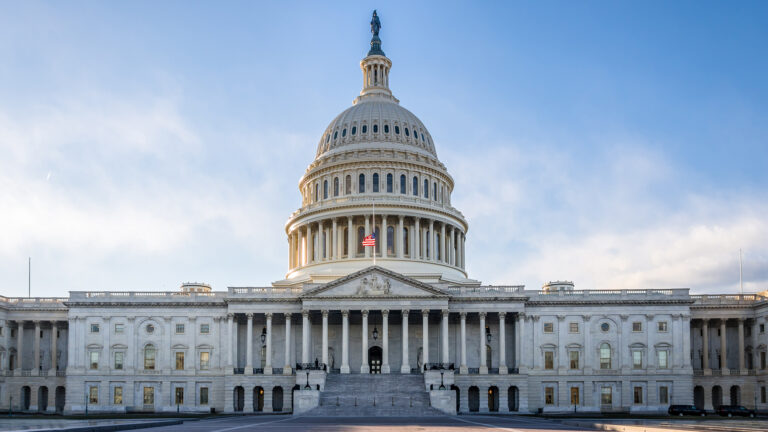As global markets enter a third year of a “longer-term bull market,” Brett Mitstifer, Flagstar Financial’s new chief investment officer of private banking and wealth management, believes the cycle will create opportunities across equities, bonds, and parts of the alternatives landscape over the next five years.
Mitstifer joins Flagstar during a time of significant transformation and momentum within private banking. As the firm’s first CIO, he is focused on deepening client relationships, delivering new products, shaping investment strategy, and serving as the face of the bank’s perspective on markets, investment views, and client engagement.
One of his key priorities will be expanding Flagstar’s discretionary portfolio management platform to deliver more tactical positioning within managed portfolios. This could include introducing thematic strategies and incorporating alternative investments into the firm’s asset allocation models, he said.
As the Federal Reserve begins shifting toward a rate-cutting stance, Mitstifer believes that could extend the current bull market even longer. “And now we have the Federal Reserve pivot again to lowering interest rates,” he said, “so adding another leg to the scenario to set us up for driving corporate profits, earnings growth and capital investment. Those are critical parts of the investment program to continue to drive economic growth.”
He added that diversification will remain essential as volatility persists. “You need to make sure that you have diversification in your portfolio, whether that’s from more traditional things like fixed income, or from newer opportunities such as low-correlated assets in alternatives that may help diversify as we go through the cycle,” he said. “That’s why we’re focusing on these other asset classes and doing more.”
Mitstifer also pointed out that the market opportunity set is broadening beyond the handful of dominant names that have led performance in recent years. “We know about the ‘Magnificent Seven’ and the massive earnings growth that has taken place. But I do think that the earnings cycle and growth will broaden and expand across corporations, which should help smaller companies in the future.”
Small-cap companies are poised to benefit as liquidity shifts from concentrated positions to a broader range of opportunities, he continued, noting as consumer demand strengthens, smaller firms will be well-positioned to leverage these trends to drive revenue, customer engagement, and profitability.
Recent regulatory changes have also opened new doors for private investment. “We’ve made some progress this year in terms of the passage of the One Big, Beautiful Bill, which clarified the tax code, so people understand where we stand from that perspective.”
Among the provisions in the legislation, tax measures were introduced that make debt-financed deals more efficient and expand opportunities in private equity, venture capital, and specialty funds, including enhancements to the Qualified Small Business Stock.
On private markets, Mitstifer said well-managed allocations can enhance long-term returns and diversification, if managed and allocated properly. “We’ve seen an evolution and expansion of the vehicles available to investors — a democratization of private markets — and that will make them more and more important in driving returns in the future.”
Still, Mitstifer emphasized that understanding and managing liquidity is central to the process. Aligning each client’s risk profile, time horizon, and liquidity needs, he said, is essential to delivering effective outcomes.
Some private investments are naturally more liquid than others, but innovation in fund structures can improve flexibility, said Mitstifer. “Debt markets certainly will offer themselves to be more liquid compared to venture capital,” he said. “But there’s an ongoing effort to create vehicles and add liquidity — whether we’re talking about evergreen funds or even tokenization — all of which are designed to provide more liquidity where the underlying investments themselves aren’t as liquid.”
Mitstifer is closely watching long-term structural trends such as globalization shifts, demographics, and rapid technological innovation. One area he’s paying close attention to is the artificial intelligence race. Having run a digital innovation strategy in a previous life, he is a big believer in technology disruption and innovation. He believes current AI trends and development will continue to expand across the economy and its reach will extend beyond the largest technology firms.
“The deployment and utilization will continue to broaden across the economy — it starts at the hyperscalers, moves out to the enterprise, and then it’s going to get closer and closer to the consumer,” said Mitstifer. “The consumer will be using these capabilities in their daily life. There’s still a lot of opportunity in technology innovation and disruption in the years to come.”













